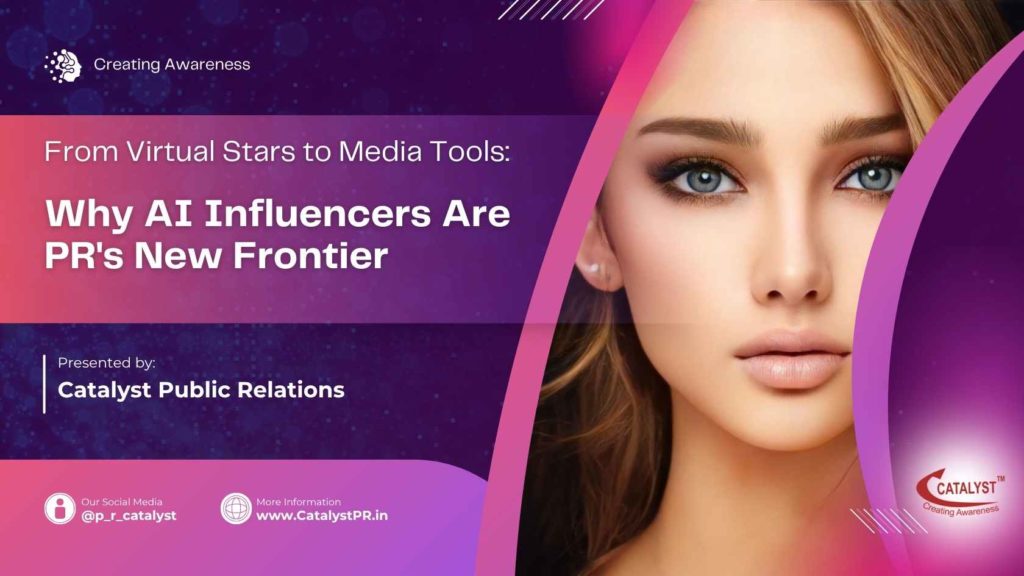1. What Are AI Influencers—and Why It’s Not Sci-Fi Anymore
Imagine a social media personality modeled entirely by AI—no interviews, no travel delays, no PR crises—just consistent content aligned perfectly with a brand’s messaging. In 2025, AI influencers like Lil Miquela, Imma, or India’s own Gen Z-speaking virtual persona Radhika Subramaniam are already engaging millions and redefining influencer marketing. They’re no longer an experiment—they’re a strategic channel (TechNow, The Times of India).
2. AI Tools Powering the Shift
Brands are embracing AI tools that go beyond face value. Natural language processing helps match influencers whose tone and values align with the brand; computer vision scans influencer photos for brand elements like logo placement or aesthetic style—all before a human intervenes (SuperAGI, exchange4media).
This isn’t just automation—it’s precision with scale.
3. Key Trends in 2025:
- Micro and Nano Influencers’ Resurgence: Smaller creators are winning trust. AI helps find them faster and predict campaign success—without expensive celebrity fees (exchange4media).
- AI & Human Hybrid Campaigns: Some brands pair AI presenters with real creators, blending novelty with authenticity—a trend led by brands like Calvin Klein and Adidas (Ainfluencer).
- Sustainability & Values at the Center: Audiences demand brand integrity. AI tools help identify influencers with genuine eco or social values rather than those chasing virality alone (Hypefy, agilitypr.com).
4. Why PR Should Treat AI Influencers as Strategic Assets—Not Replacements
- 24/7 Spokesperson: No scheduling, no fatigue—perfect for global launches and real-time response campaigns.
- Controlled Messaging: Brands script the personality, tone, even voice—drastically reducing reputation risks (TechNow).
- Controversy-Free Partner: Free from typical influencer pitfalls—no scandal risk, misinformation, or contract issues.
5. Risks PR Must Navigate
- Authenticity Crisis: Overuse may backfire. Audiences don’t fully trust something they know is not human. Transparency (e.g., #AIDisclosure) becomes key (TechNow).
- Ethical Oversight: Missteps like deepfake misuse can damage public trust. PR teams need guidelines on responsible use.
- Limits in Storytelling: AI can’t share lived experiences or emotional vulnerability—human influencers still win when authenticity matters.
6. How PR Agencies Can Use AI Influencers Effectively:
- Start with Micro-Nano, Then Expand: Use AI for early detection of rising voices or create hybrid content with niche creators.
- Use Emotion AI for Engagement Optimization: Tools like Affectiva or MorphCast can help tweak influencer visuals or tone for emotional impact (Medium, Hashmeta).
- Simulate Campaign Scenarios: Test message impact, audience response and even potential backlash before live rollout.
- Prioritize Disclosure and Ethics: Label content transparently, monitor feedback loops, and have fallback protocols.
🎯 Final Thoughts for Forward-Looking Brands
Here’s the truth: AI influencers aren’t replacing humans—they’re expanding what’s possible. The brands that strategically integrate AI-driven personas, while staying grounded in human authenticity and ethical clarity, will lead the next wave of PR storytelling.
If that sounds futuristic, it’s already happening.


